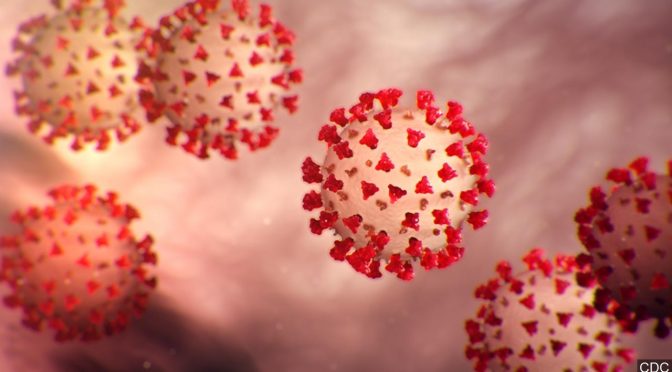When it comes to the coronavirus, we are all affected in different ways. We are all hopefully practicing social distancing and in some cases quarantine. Obviously, this is something that we are all adjusting to and something we do not enjoy, but it is a necessary evil. Even though COVID-19 has taken many lives this necessary evil is not all bad for everyone, as a matter of fact, the environment is enjoying every second of it. Due to the lack of travel, social distancing, and in major cases quarantines that have been put into place we are seeing many positive benefits to the environment.

NASA and European Space Agency (ESA) pollution monitoring satellites have detected significant decreases in nitrogen dioxide (NO2) over China.NASA and European Space Agency (ESA) pollution monitoring satellites have detected significant decreases in nitrogen dioxide (NO2) over China.NASA
One of the main benefits we are starting to see is in air quality. For example, while China was in quarantine for 2 weeks, they saw a significant decrease in pollution. This obviously happened because of industrial plants and forms of transport being shut down. This was also seen to be the case in Italy where quarantine occurred. The main pollutant we are seeing a drop in is Nitrogen Dioxide, which corresponds with industrial activity and vehicular traffic. In addition to that, industrial plants being shut down means less electricity or energy is used. This reduces the use of coal, which reduces the amount of carbon dioxide being given off in these areas. One of the other effects we are starting to see due to humans being confined to their homes is the increase in wildlife. With fewer people on the streets we are starting to see animals that have commonly gone unnoticed in urban areas pop up on street corners.
Sure, these environmental impacts are only temporary, but could it be the new norm. We have seen that the reduction of emissions is possible, but can it be sustainable in the future?

